|
|
Home →
Survival →
Food →
Poisonous Plants
Red Baneberry
& White Baneberry
(Actaea rubra & Actaea pachypoda)
|
|
|
|
The berries from these two plants are very poisonous.
As few as 5 or 6 of them can make you seriously ill. More can cause death.
However, it is unlikely that you will eat very many if you are cautious, as they
don't taste very good -- they are very acrid-tasting. Most cases of poisoning
are with children.
White Baneberry is also known as "Doll's Eyes".
The following information has been taken from my
Ontario Wildflowers
website.
|
|
|
|
|
|
|
|
White Baneberry
(Actaea pachypoda)
|
|
|
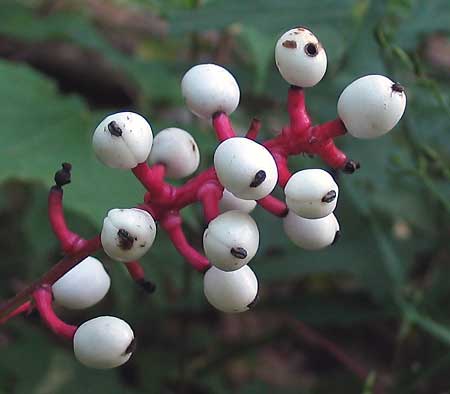 |
The poisonous berries. This shows how the
plants got it's alternate common name: Doll's Eyes. Personally, I
don't think there's much danger of anyone eating these berries - they're
almost creepy looking. |
|
|
|
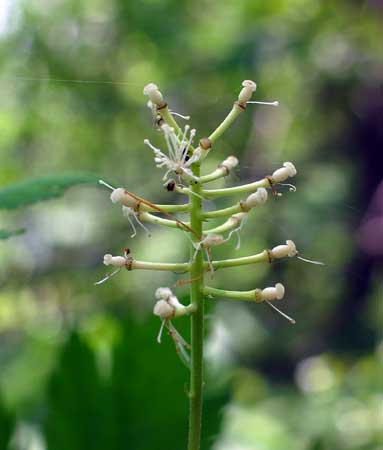 |
Berries just starting to form. |
|
|
|
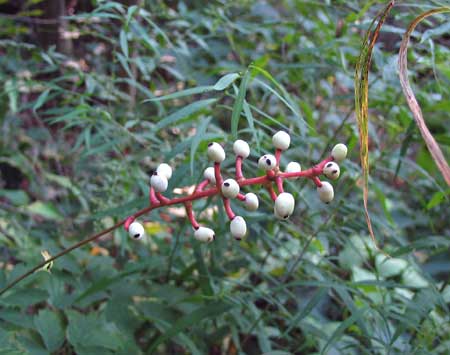 |
Mature berries. Note the conspicuous dot
at the end of each one. This is unique. No other plant in Ontario has
berries like this (except Red Baneberry). The berries are
poisonous. |
|
|
|
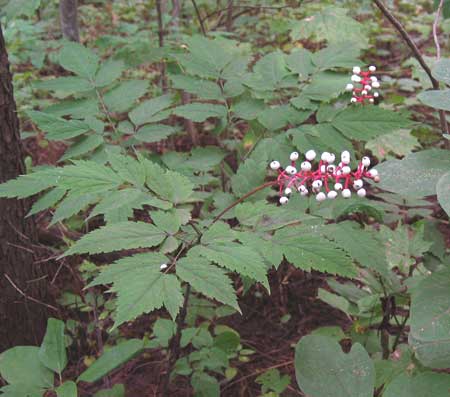 |
A photo of the whole plant. Note the
compound leaves, with toothed leaflets.
Red Baneberry berries are sometimes
white, making identification of these two plants difficult for novices.
White Baneberry berries are held on thick stalks, and have a large
conspicuous dot at the end of each one.
Red Baneberry berries are held on
thin stalks and have a tiny dot at the end of each one. |
|
|
|
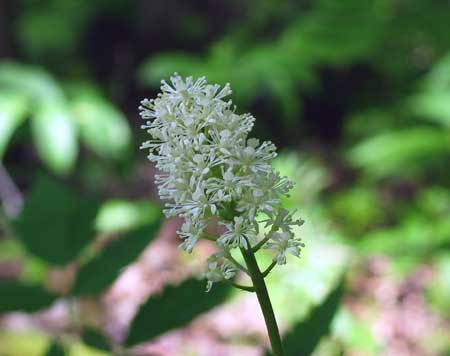 |
Flowers. Note that the raceme is taller
than wide. This is, generally speaking, true for White Baneberry.
Red Baneberry flower racemes are
generally as wide as they are tall. |
|
|
|
|
|
|
|
Red Baneberry
(Actaea rubra)
|
|
|
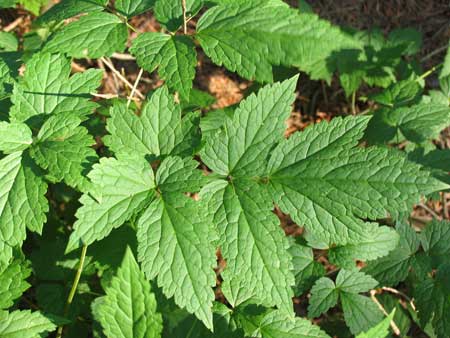 |
Red Baneberry leaf: compound, with toothed
leaflets. The leaves of Red and White Baneberry are virtually
identical. |
|
|
|
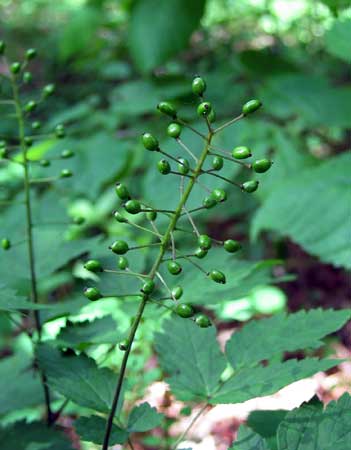 |
Berries just starting to grow.
Note the thin stalks. |
|
|
|
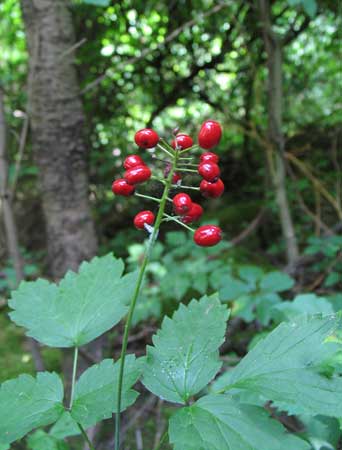 |
Mature berries. Note the glossy bright red
colour. The berries are poisonous. |
|
|
|
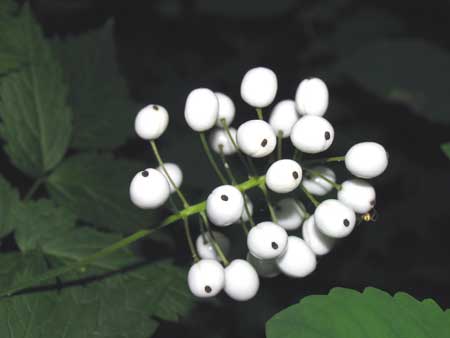 |
Just to confuse identification of this
plant, Red Baneberry berries are sometimes white! The way to tell them
apart from
White Baneberry, is that
Red Baneberry berries are on thin stalks and have a tiny dot at the end
of each berry.
White Baneberry berries are held on
thick stalks, and have a large conspicuous dot at the end of each berry. |
|
|
|
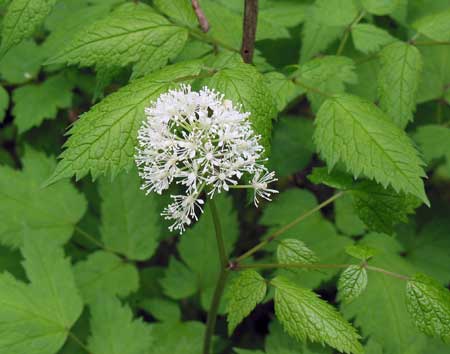 |
Flowers. Note that the flower raceme is
generally as wide as it is tall. White
Baneberry flower racemes are generally taller than they are wide. |
|
|
|
|
|